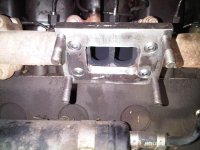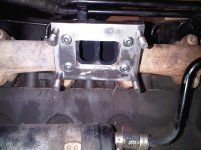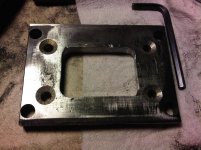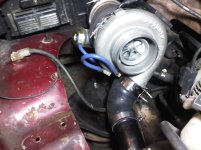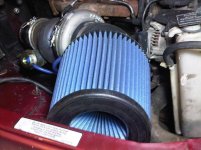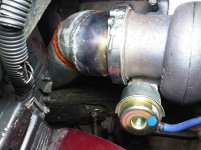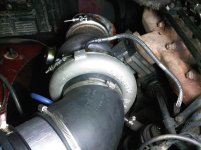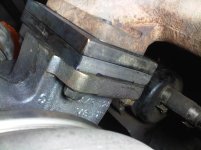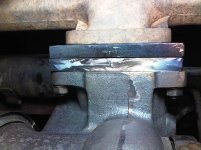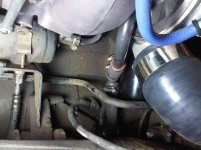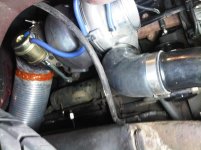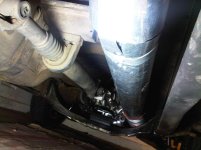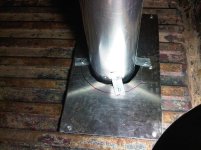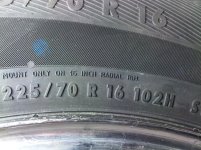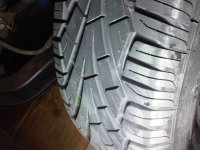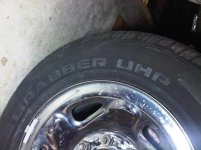you need a 220V stick welder....
I think the main benefit of using a 220V welder is that you won't reheat all of the gears in the process of welding them together. It seems like welding up the rear end with too small a welder will work, it just reduces the strength and hardness of all the gears (they will be reheat treated). I've heard of folks using heat sinks and high power welders when working with hardened steels because they are trying to minimize the amount of heat that the entire part sees: the goal is to not undo the prior heat treating.

